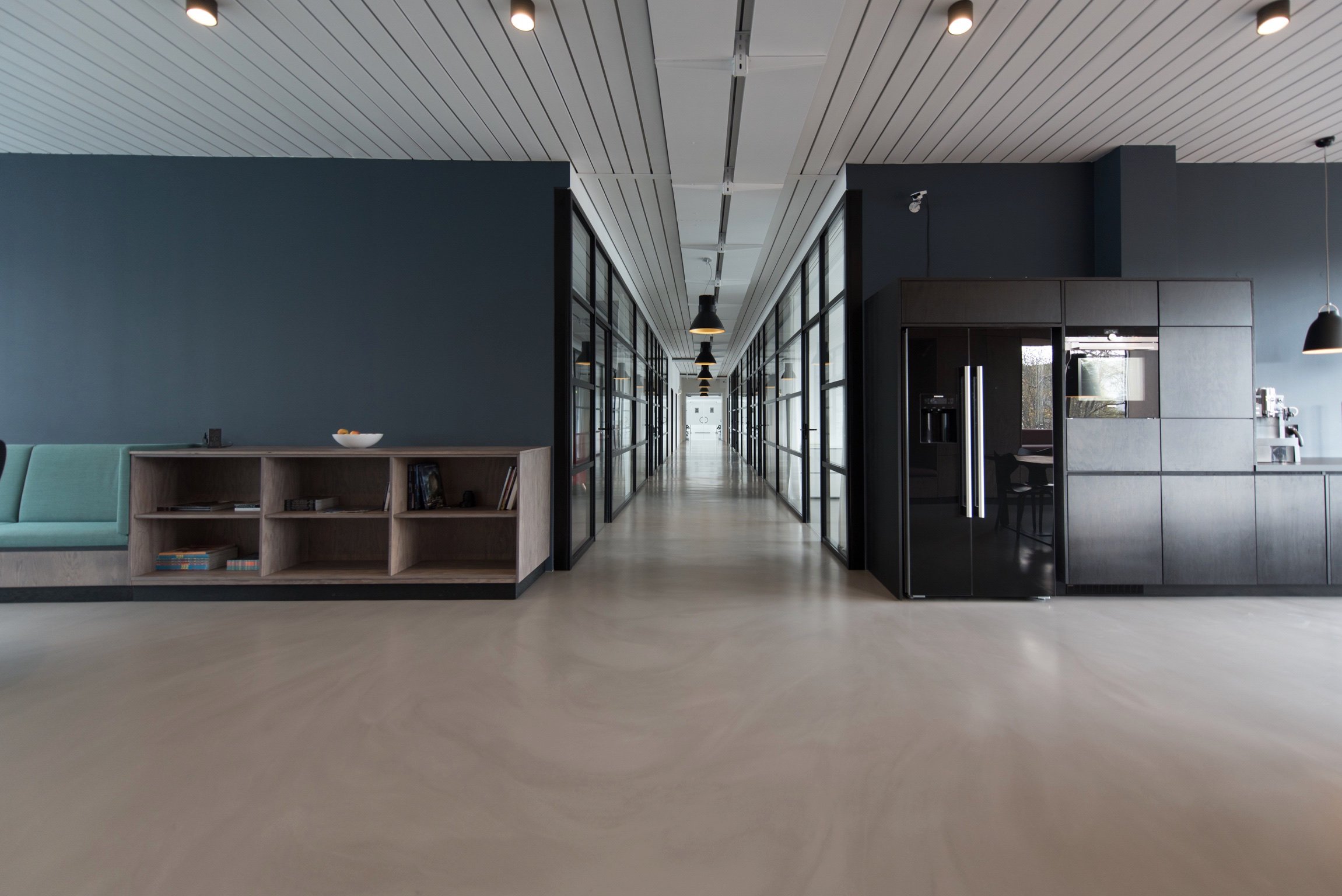How to Choose the Best Office Lighting
Office lighting is a work environment detail that needs to be more noticed.
Office lighting is a work environment detail that needs to be more noticed. However, a well-thought-out lighting system can boost employees' focus, energy, productivity, and mood. This article highlights some key considerations when setting up an office lighting system.
Find a balance between comfort and brightness
Office lighting, naturally, should be bright enough to allow employees to see what they are doing. Dim lighting can cause eyestrain, slow productivity, and ultimately reduce morale. Conversely, too much brightness is problematic as well. It can cause eyestrain and even damage the eyes permanently. It can also cause the reflection of harsh glares from the computer screens, leading to distraction and sometimes headaches.
Employers should consult professionals to determine the right level of brightness. A lighting level between 500 and 1000 lux is recommended for overall office work.
Make the most out of natural lighting
Natural lighting is friendly to the eyes, so one should use it whenever possible. It should be the primary source of lighting in an office. When choosing an office space, select a building with large windows and doors to allow more natural lighting to penetrate the space. Opt for an office with high glass windows, but know that sometimes this can be too much light for some employees.
Studies reveal that adequate natural lighting can boost employee satisfaction, comfort, and behavior.
Eliminate the shadows
Shadows are a source of distraction and make it difficult for the workers to focus. Eliminate shadows as much as possible by complementing natural light with other fixtures like task or ambient lighting.
Combine light from various sources
A robust office lighting system should encompass light from various sources. Consider all available light sources to eliminate shadows and reduce harsh glare.
Some must-have lighting sources include:
Natural lighting: This lighting comes from having ample windows and doors. One can supplement natural lighting with ceiling lights.
Task lighting: Small lamps are placed on every employee's desk. They supplement natural and ambient light and can significantly illuminate fine details, making them perfect for reading. They also reduce fatigue and strain on the eyes.
Corrective lighting: Corrective lighting fixtures are often placed behind computer monitors to reduce glare and harsh shadows.
Mood lighting: This lighting is also called accent lighting. It's primarily for decorative purposes and doesn't do much to boost employee productivity.
Regular inspections are recommended for offices with multiple light sources to ensure even illumination. There should be no flickering lights, and faulty light fixtures should be replaced as soon as possible.
Personal preference is key
The above are just general recommendations. Ultimately, employee preferences will determine which lighting to install. It's best to do a quick survey and understand workers' preferences and needs before installing the lighting.
Feeling stuck? Let a professional help
If one has many employees and needs to figure out which lighting suits them, consider hiring a professional. They will help decide which light setup best suits employees' eyesight, comfort, focus, and productivity.
If you need a highly-reviewed, licensed electrician in the Phoenix Valley area, call Efficient Electric at 623-810-9905. We would love to hear from you!

